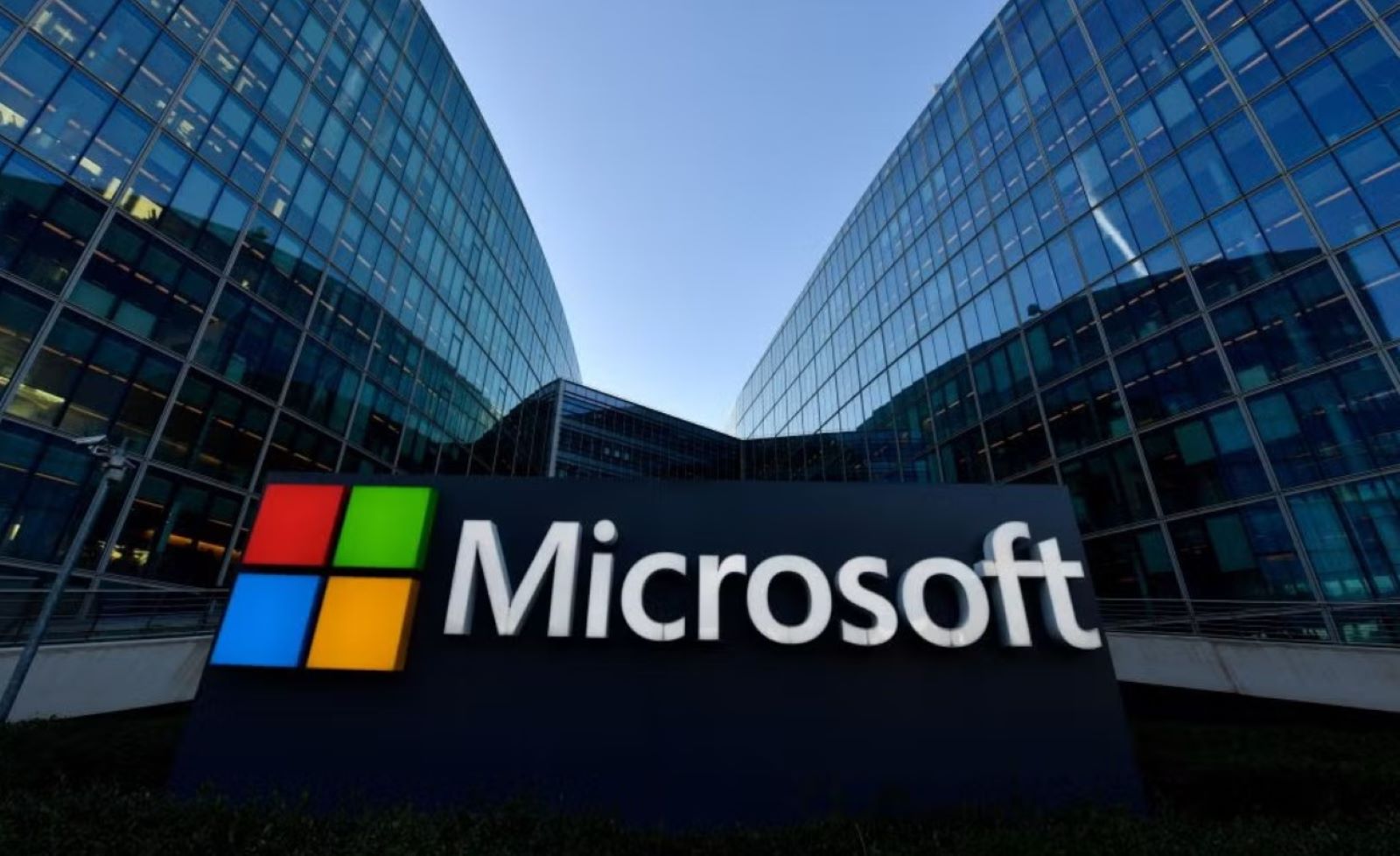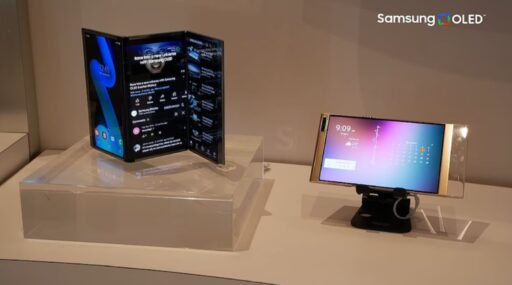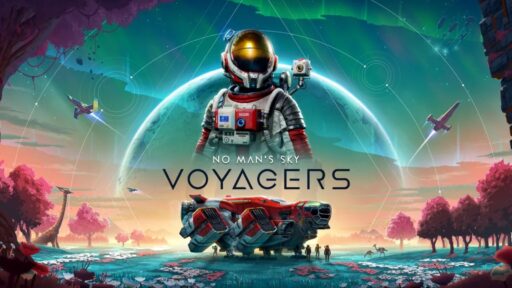Microsoft is building its own series of artificial intelligence models for the first time, marking a new direction as the company broadens its AI ambitions beyond its close partnership with OpenAI. The initiative is being led by Mustafa Suleyman, the former DeepMind co-founder recently hired by Microsoft, and it centers on a large language model reportedly called MAI-1. The move signals Microsoft’s determination to create its own foundational AI technology, placing it in closer competition with Google and Anthropic.
Key Takeaways
- Microsoft AI is developing its own large language models for the first time.
- The effort is led by Mustafa Suleyman, a major figure in the AI industry.
- One flagship model, codenamed MAI-1, is believed to have around 500 billion parameters.
- The strategy complements Microsoft’s multibillion-dollar partnership with OpenAI rather than replacing it.
A New Chapter in Microsoft’s AI Strategy
For years, Microsoft’s approach to AI revolved around its partnership with OpenAI, the company behind ChatGPT. That collaboration brought billions in investment and gave Microsoft early access to GPT models, which have since been integrated into products like Bing search and Windows. Now, though, the company is also investing heavily in its own in-house technology.
MAI-1 is at the heart of that effort. Reports suggest the model will be extremely large, with around 500 billion parameters. Parameters, put simply, are the values that allow a model to process and generate text. The more parameters, the more powerful and capable the system tends to be. For comparison, OpenAI’s GPT-4 is estimated to have over a trillion parameters, while Meta’s Llama 3 comes in versions with around 70 billion.
The specific role MAI-1 will play inside Microsoft’s ecosystem is still being defined. But given its size, it is expected to handle complex tasks and support a wide range of services. Training the model requires a vast cluster of computers running on Nvidia GPUs, using data pulled from the web along with AI-generated content.
The Leadership and Team Behind the Project
Leading the initiative is Mustafa Suleyman, who joined Microsoft in March 2025 as CEO of its consumer AI division, Microsoft AI. Suleyman has long been a key figure in artificial intelligence. He co-founded DeepMind, which Google acquired in 2014, and later served as CEO of Inflection AI before moving to Microsoft.
His arrival was accompanied by much of the team from Inflection AI, bringing with them extensive experience in building large-scale AI models. This group is now spearheading development not just of MAI-1 but also of smaller, more specialized models that can be optimized for efficiency and targeted applications. It mirrors strategies seen at competitors like Google, which offers both its large Gemini models and lighter Gemma versions.
While Microsoft continues to invest deeply in its partnership with OpenAI, having its own models provides an added layer of independence and flexibility. In an industry that evolves at a rapid pace, the ability to collaborate while also building internally may prove to be one of Microsoft’s greatest strengths.
Frequently Asked Questions (FAQs)
Q. What is MAI-1?
A. MAI-1 is the codename for a new large language model being developed internally by Microsoft AI. It is reported to have around 500 billion parameters, making it a very powerful model designed to compete with top models from other tech companies.
Q. Is Microsoft ending its partnership with OpenAI?
A. No, Microsoft is not ending its partnership with OpenAI. The development of in-house models is part of a dual strategy to both collaborate with OpenAI and build its own independent AI capabilities.
Q. Who is Mustafa Suleyman?
A. Mustafa Suleyman is the CEO of Microsoft AI. He is an influential figure in the AI industry, known for co-founding the AI lab DeepMind (now part of Google) and for his role as CEO of the AI startup Inflection AI.
Q. How big is MAI-1 compared to other models?
A. With a reported 500 billion parameters, MAI-1 is a very large model. It is larger than models like Meta’s Llama 3 (70B version) and Mistral’s Mixtral 8x7B, but smaller than the estimated size of OpenAI’s GPT-4.
Q. When will Microsoft release these new AI models?
A. Microsoft has not announced an official release date for MAI-1 or its other in-house models. The company may share more details at its upcoming developer conferences.





